How To Maintain Your Motorbike
SO IS IT HARD TO MAINTAIN A MOTORCYCLE, AND WHERE DO YOU BEGIN?
Although it may seem like a daunting task at first, motorcycle maintenance isn’t rocket science. Starting with some basics, you can gradually build your skills as you go along. You can progress from simple oil changes to more complex tasks or bike mods, especially if you own an older model. It’s up to you how much you want to work on your bike, but some of the most elemental things like checking your oil, tire pressure, tire tread, and maintaining your chain are good to know to keep your motorcycle in top shape.
Motorcycle maintenance can be expensive if you rely solely on dealership mechanics. That’s not to say you can’t just service your bike at the dealer’s: if you don’t have the time or the interest in motorcycle maintenance, trusting the professionals is absolutely fine. However, armed with your owner’s manual, YouTube, and this detailed motorcycle maintenance guide, you can do some of the simple jobs on your own.
Here’s how to get started:
MOTORCYCLE MAINTENANCE CHECKLIST
How often does a motorcycle need maintenance? If you bought a brand new motorcycle, servicing it at recommended intervals (you’ll find those in the owner’s manual) should be more than enough. However, if you bought a second-hand bike or if you ride your motorcycle hard and often, being able to check it over and maintain it more frequently is usually a good idea.
Ideally, you want to do a quick once-over every month or every couple of weeks, especially if you’re putting high miles on your bike. Even with brand new motorcycles, some parts can start showing signs of wear sooner than expected; in addition, things like engine oil, air filter, and oil filter may need replacing more frequently.
The good news is, you can do most of the service on your own. To make sure your bike is in good condition, use this essential motorcycle maintenance checklist:
1. TIRE PRESSURE
Checking your tire pressure is crucial to ensure you’re riding safely. If the pressure is too low, you risk a flat tire or a blowout at high speed, and if the pressure is too high, it may affect the bike’s handling. Usually, you’ll find the recommended air pressure measurements on the tire manufacturer’s manual. Use a tire pressure gauge to measure the PSI level on your tires and inflate as needed.

2. ENGINE OIL LEVEL
Your engine oil level should always be full. To check the oil level, run your bike for a few minutes to warm it up. Then, put your motorcycle on the center stand (or ask a friend to put and keep it upright) and look at the engine oil glass located at the bottom of the engine. If it’s not on full, top it up; if the oil looks black, it’s time to change it.
3. CHAIN SLACK (IGNORE THIS IF YOUR BIKE HAS A SHAFT DRIVE)
With wear and long miles, your chain may start sagging more than it should. To measure the chain slack, push the chain towards the swingarm; it shouldn’t sag more than 40mm (50mm for dirt bikes). If it’s too slack, adjust the chain by loosening the axle nut and turn the feature bolts to shorten or lengthen the slack as needed. You’ll find the exact measurements for your bike in the owner’s manual.

4. BRAKE PADS
Brake pads tend to wear quickly on most motorcycles, and it’s always good to keep an eye on them during routine checks. Take a peek inside your brake calipers and if the brake pads are reaching 2mm, it’s high time to replace them.

5. AIR FILTER
On street and sport bikes, air filters last for over 5,000km and more before they need cleaning or replacing. On dirt bikes, or in case you ride in dusty, sandy conditions, your air filter may need more regular cleaning (anywhere from monthly to bi-weekly). To check the state of your air filter, open the airbox and remove the filter. If it looks filthy and clogged, replace or clean it.

6. OIL FILTER
As a rule of thumb your oil filter should be replaced along with the engine oil. Expect to replace the oil filter every 4,000 – 5,000 kms, unless your owner’s manual recommends a different interval.

7. COOLANT
Your motorcycle coolant fluid should be changed every two years or so. The coolant liquid may deteriorate with time, so it’s best to completely replace it within 20-24 months. To change your coolant, put the bike on the center stand, remove the fairings to access the radiator, then drain the old coolant from the radiator top and replace it with new fluid.

If you frequently check these seven points on your motorcycle, you’ll be able to maintain your bike on your own and avoid wear or breakdowns – and save on your service bill.

MOTORCYCLE MAINTENANCE TOOLS
If you’re going to maintain your bike yourself, you’ll need some basic tools. It’s not necessary to buy a whole extensive Snap-On kit just yet, but having a few essentials can be a huge help. To maintain your motorcycle on your own, you’ll need:
A WRENCH SET
Your wrench set will be used to access nuts and bolts; for starters, a basic wrench set ranging from 7mm to 20mm should be more than enough. Check your owner’s manual for any specifics of your bike’s make and model.

A SCREWDRIVER
Having two or three screwdrivers of different sizes will help removing or tightening screws on your bike.

TIRE PRESSURE GAUGE
A small tire pressure gauge is handy when checking your tire pressure. If you ride off-road, a tire pressure gauge is invaluable when lowering the pressure, and it’s always good to double-check tire pressure after you’ve changed your tires.

SET OF ALLEN KEYS
Allen keys are tools needed to undo or tighten screws and bolts with hexagonal heads. You’ll want a small set of different sizes to begin with.

TIRE IRONS
If you’re ready to change your own tires, you’ll need several tire irons to break the bead of the old tire and seat the new tire in. 2-4 tire irons should be more than enough.
PLIERS
A small pair of pliers is a handy tool for holding bolts and screws, clipping wires, and other small jobs.

SPARK PLUG KEY
Spark plug keys differ from bike to bike, which is why it’s best to have your own. Without the spark plug key, you won’t be able to access and replace your spark plugs.

Depending on your motorcycle’s make and model, you may need a few more specific tools. For more extensive toolkits, have a look at this basic motorcycle tool guide; in addition, it’s good to have a few spares in your garage. Spare tire tubes, spare fuses, a battery charger, clutch and throttle cables – they all come in handy for some basic repairs.
Ideally, design your own essential toolkit. See which tools are specific to your motorcycle (for example, spark plug keys will vary from bike to bike), which tools you use the most, and which spares are the most useful. As you go along, you’ll make up your own unique toolkit that works best for you and your bike.

MOTORCYCLE MAINTENANCE SCHEDULE
How often should you maintain your motorcycle, and which parts are the most prone to wear? First, it will depend on the type of bike you own and the type of riding you do. For example, street motorcycle tires last much longer than dirt bike tires: this is because heavy abuse on dirt trails, rocks, and rough terrain will strip the tire much faster than smooth pavement. As a rule of thumb, you should change your engine oil every 5,000 kilometers or so. However, if you own a highly-strung race bike, you may need to change the oil much more frequently. Brake pads will wear faster on a sport bike than on a cruiser. An air filter on an enduro bike will need to be cleaned or replaced much more often than on a café racer.
MAINTENANCE GUIDELINES
However, there are some general motorcycle maintenance schedule guidelines you can use. First and foremost, check your owner’s manual. If you bought a brand-new motorcycle, all the service intervals will be indicated in the manual. If you bought a second-hand bike, find and download the maintenance manual for that specific make and model. Don’t forget to also ask the previous owner about the recent service. Sticking to the guidelines in the owner’s manual is the best way to ensure you’re looking after your bike as often as needed.
QUICK CHECKLIST

If you don’t have the manual, here’s what’s important:
- Make sure you check the tire pressure weekly and top up when needed. If you ride on and off the road, you’ll be reducing the tire pressure on rough terrain and re-inflating the tires when you get back on tarmac.
- Engine oil should be checked every 1,000 kilometers or so and changed every 5,000 kilometers. This is just a general rule: if it’s a motocross race bike, for example, oil changes may have to be done much more frequently. Always check the manual for specifics for your make and model.
- Cleaning and lubricating the chain weekly is enough, unless you’re riding off road – in that case, doing it daily will help extend the chain’s life. If you’ve been riding in wet or muddy conditions, clean and lubricate the chain after the ride.
- It’s best to check the thickness of your brake pads every three-four months or so, depending on your mileage.
- Your air filter will need replacing once a year, unless you ride off-road in dusty conditions like sand. You’ll need to clean the air filter on a monthly or even weekly basis depending on the mileage.
- Your oil filter should be replaced along with the oil, unless you have a metal oil filter that’s designed to last longer.
- When it comes to your coolant and brake fluids, it’s best to keep an eye on them every few months or so.
Having a logbook of your service and maintenance intervals can help keep everything organized. More often than not, it’s easy to forget some of the most basic maintenance jobs, or forget when you’ve done them; keep a maintenance journal and jot down some notes every time you work on your bike.

UNDERSTANDING MOTORCYCLE MAINTENANCE
When it comes to motorcycle maintenance tips, it’s hard to give general advice as motorcycles and mileage vary just as much as their riders. However, understanding the very basics can help you form your own idea about your bike’s maintenance. In addition to checking the seven points mentioned above, it’s always good to keep an eye on how the bike sounds and feels when you ride.
Here are some pointers to watch out for:
1. SOUND
Does your bike sound differently than before? Can you hear a rattle that wasn’t there before? Is your exhaust sounding different, or getting hotter than before? Problems like this may indicate carburetor issues or, if your bike is fuel-injected, it may show other problems like sticking valves, cam chain getting loose, or it could be old bearings. When your motorcycle starts making weird sounds, it’s time to go for a checkup.
2. POWER
Is your bike suddenly slower to accelerate? Do you feel there is throttle delay? If you start feeling that your bike is running differently, that might be an indicator of bigger problems. Your bike might be running too rich r too lean, there may be carburetor issues, or your throttle cable may be loose. If you start noticing that your motorcycle is running differently, it’s time to consult a mechanic.
If you know how to maintain your motorcycle, most of these problems can be avoided.

ROADSIDE BREAKDOWNS
Whether you’re an experienced vet or someone who’s just had a crash course in motorcycle maintenance for dummies, roadside breakdowns can still happen. Motorcycle service is important, but every once in a while, breakdowns can still occur – you may get a flat tire, a dead spark plug, or a wire gone rogue. Don’t panic: most breakdowns can be easily fixed on the side of the road if you carry some basic tools.
For new riders, the scariest thing about motorcycle breakdowns is not knowing what happened. Diagnosing the problem is half of the solution, so here is a simple explanation of why your bike suddenly won’t start: to run, a motorcycle needs three things – air, fuel, and spark. If your bike suddenly dies on you, find a problem by figuring out what’s missing. In case it’s air, chances are, your airbox is flooded or your carb is clogged. Otherwise, it’ll be fuel or spark: do you have enough gas in your tank? If it’s not air or fuel, it’s the spark. Are your spark plugs in a good condition? Is the battery alive? If not, that’ll likely be the issue.
Sometimes, it can also be fuel injection problems or wiring, but most of the bike problems can be diagnosed by simply looking at the air, fuel, or spark.
ADDITIONAL MOTORCYCLE CARE
While breakdowns aren’t completely avoidable, especially when you’re doing high mileage, and while some bike problems can occur even if you service it regularly, basic motorcycle maintenance is extremely important. A motorcycle has multiple moving parts that are prone to wear, especially if they’re not oiled, replaced, or cleaned in time. Using the seven-point checklist and maintaining your motorcycle often is the best breakdown prevention policy, and as you go along, you will get to know your motorcycle better and better.
Now that you know some motorcycle maintenance basics, let’s cover a few additional motorcycle care tips. Your motorcycle maintenance checklist should also include things like motorcycle security: if you’re a new motorcycle owner and all you’ve got for security is a basic disc lock, that may not be enough. Unfortunately, bike theft is more common than we like to think, and making sure your bike is safe and secure at all times is key to protecting it. Locks and chains aside, a motorcycle GPS tracker is one of the best bike security measures out there. Wireless, almost undetectable, and incredibly accurate, a motorcycle GPS tracker can alert you if your motorcycle is being moved. In case of a theft, the tracker will send out live locations straight to your phone – and that can help the police to recover the bike quickly.








